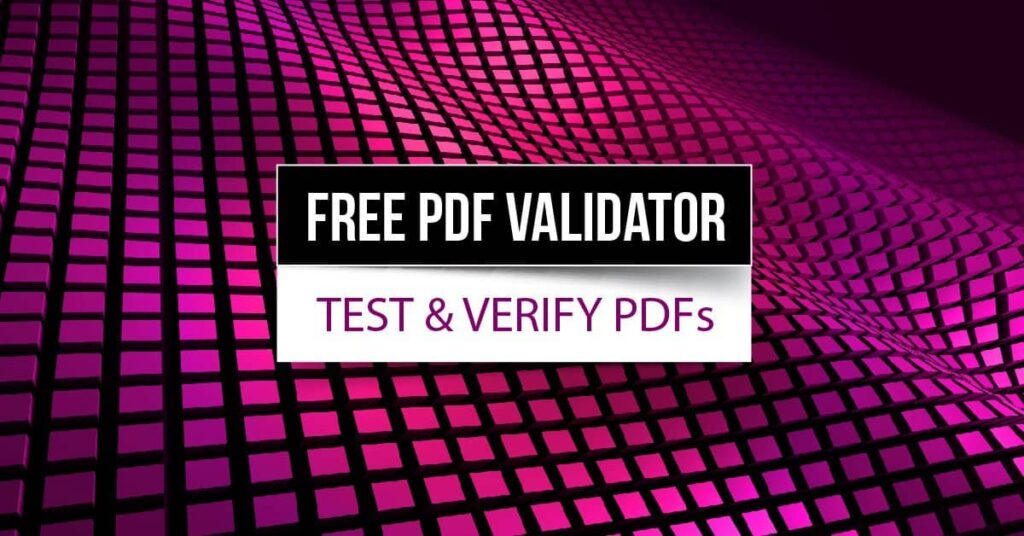We put a lot of emphasis on things like authoring Word documents with accessibility in mind and remediating existing PDFs for accessibility and compliance but, at the end of the day, how do you really *know* that your PDF is accessible? You have to test it.
Validator Tools
There are three popular tools for testing PDFs – Adobe Acrobat, PAC-3 and PDF Validator. Here are four reasons why Allyant’s CommonLook PDF Validator needs to be the tool in your accessibility toolbox:
1-Cost.
It’s free with no restrictions for your own use. Works as a plugin for Adobe Acrobat.
2-Depth.
PDF Validator is the only checker that tests against all of the accessibility standards including WCAG 2.0, WCAG 2.1*, PDF/UA and both the original and the revised HHS standards. (The Acrobat “Full Check” doesn’t actually test against, or certify compliance with, all of the WCAG 2.0 checkpoints and, while PAC-3 claims to test against PDF/UA, it misses a lot of things, like verifying accuracy of alternative text, etc., that are crucial for accessibility.)
3-Accuracy.
For accurate testing and reporting, users can change the verification status of any checkpoint to “Passed” or “Failed” as needed, so that remediators reviewing the compliance report can easily tell what issues still need to be addressed in the PDF.
4-Reporting.
You can generate an accessible report based on testing.
Because Allyant has been actively involved in the development and evolution of PDF accessibility standards over the years, you have the assurance that the CommonLook PDF Validator is designed to accurately test PDFs for compliance against whatever standard you choose.
Download the free CommonLook PDF Validator tool today.


